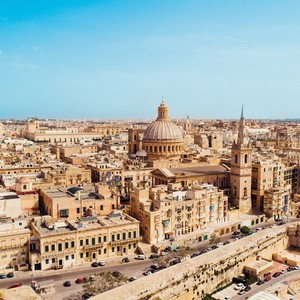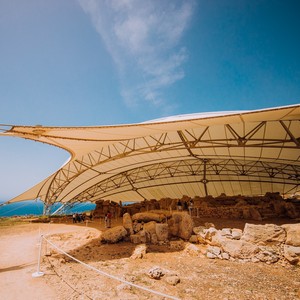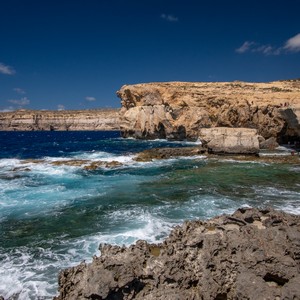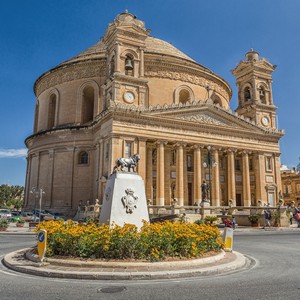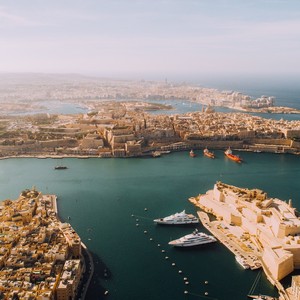
Day 1 : Arrival - Three Cities & Fregatina Cruise
On arrival, proceed to the arrivals hall and follow the signs to the Tour/Travel Operators waiting area. A Travel the Unknown representative will be waiting for you.
Drive through the historic Cospicua before arriving at Vittoriosa where your guide will take you on a walking tour of the nearby area including the vedette viewpoint overlooking the Grand Harbour. Embark on a fregatina cruise of the harbour for a different perspective of the area.
Overnight in Sliema.
Overnight in AX The Victoria Hotel, Sliema
Meal plan: n/a
Situated on a headland, Sliema faces southward towards Valletta across the harbour. The name means 'peace' in Maltese; many say the word derives from a prayer said by sailors as they passed the entrance to the harbour. During the Great Siege of 1565, Turkish troops camped in the area before it was captured and developed further by the Knights of St John. In the 1900's the area became popular for holiday-makers and several victorian-style buildings and churches were built along with a promenade for leisurely walking.
